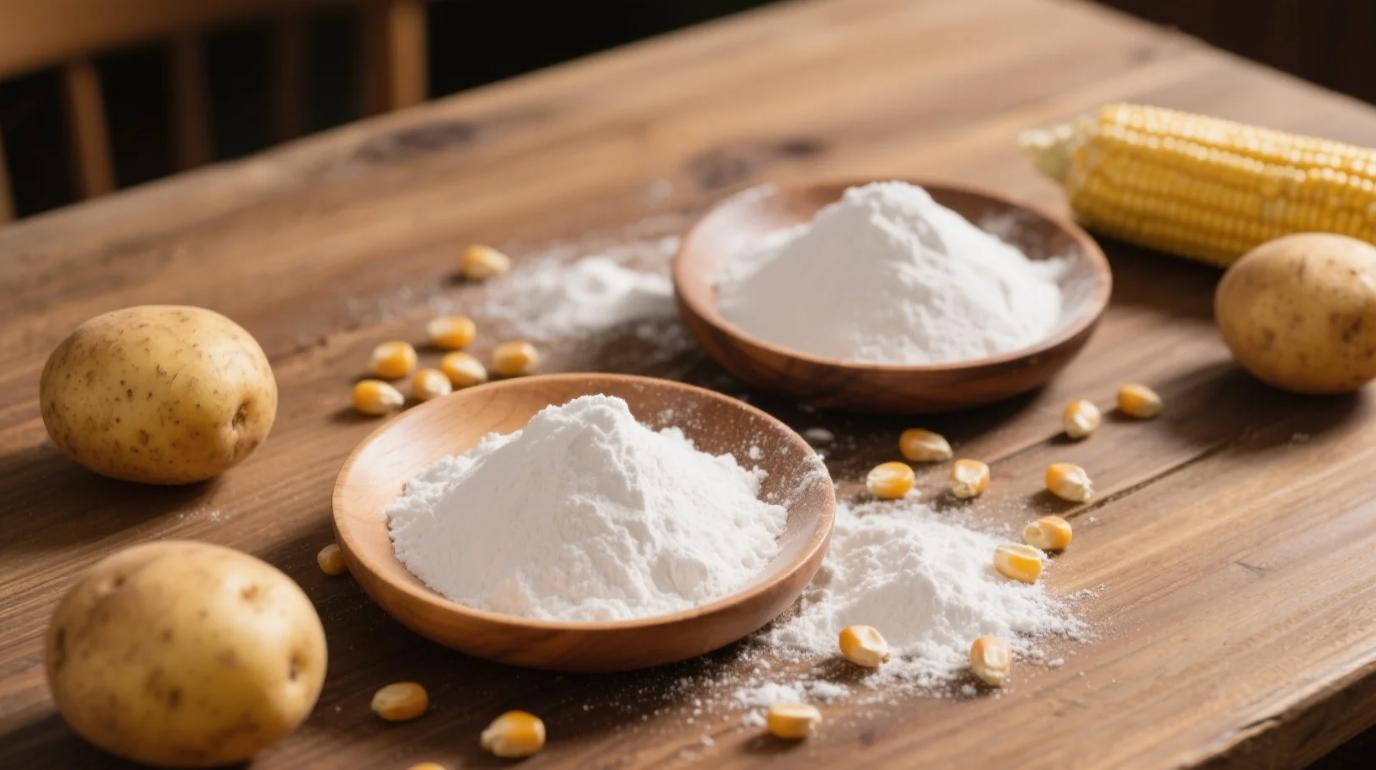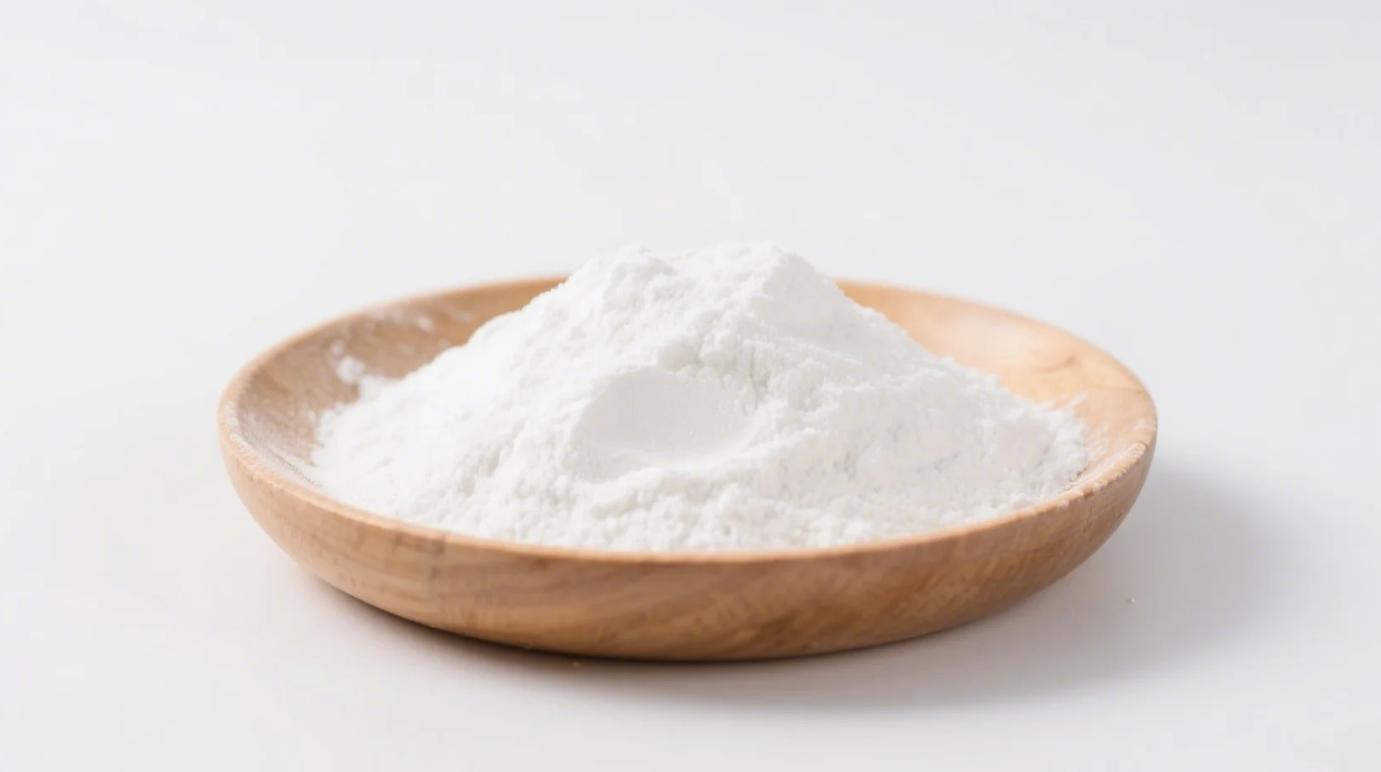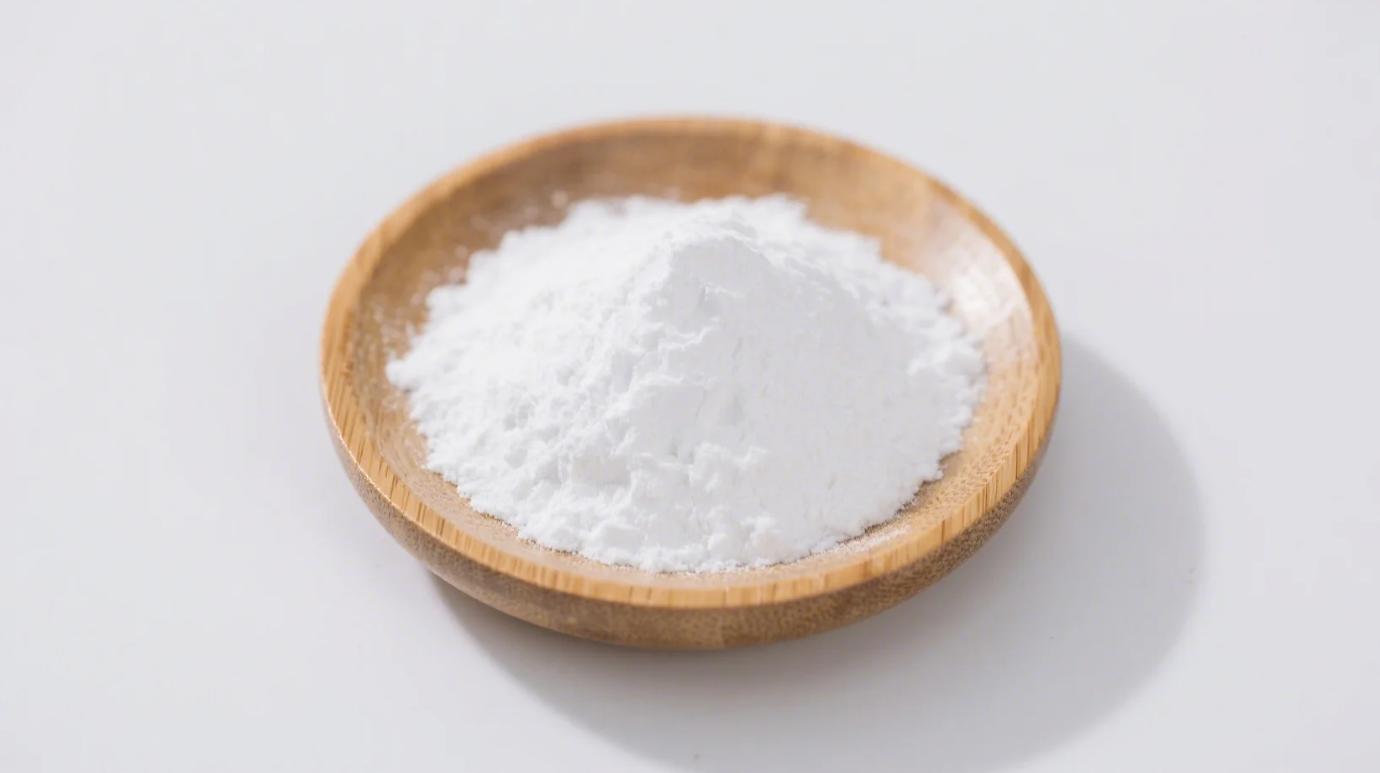The Starch Showdown: A Quest for Clean-Label Nutrition
In kitchens and food labs worldwide, the debate between organic potato starch and organic cornstarch simmers. Both are gluten-free thickeners, but their health impacts diverge dramatically. From glycemic response to gut-friendly benefits, let’s unpack which starch deserves a prime spot in your pantry—or if both belong there for different reasons.

1. Nutritional Face-Off: Breaking Down the Basics
Organic Potato Starch
- Resistant Starch (RS): 60-80% of its content resists digestion, acting as a prebiotic fiber that feeds beneficial gut bacteria.
- Minerals: Higher in potassium (4% DV per tbsp) and vitamin B6 vs. cornstarch.
- Glycemic Index (GI): 65 when cooked, but RS lowers net carbs by 40%.
Organic Cornstarch
- Rapid Energy: 100% digestible carbs (GI 85+), ideal for quick glucose replenishment.
- Low Nutrient Density: Minimal vitamins/minerals but ultra-low in fat (0g).
- Caloric Match: Both provide ~30 kcal/tbsp.
Key Insight: Potato starch’s resistant starch gives it a gut health edge, while cornstarch excels in rapid energy delivery.
2. Gut Health & Blood Sugar: The Hidden Battle
- Potato Starch’s Prebiotic Power:
- Fermented by gut bacteria into short-chain fatty acids (SCFAs), reducing inflammation and improving insulin sensitivity (Cell Metabolism, 2023).
- Lowers post-meal glucose spikes by 20% compared to cornstarch in diabetic trials.
- Cornstarch’s Role:
- Pure glucose, making it a go-to for hypoglycemia rescue.
- Lacks prebiotics but causes fewer FODMAP-related issues than wheat-based thickeners.
Verdict: For gut health and metabolic balance, potato starch wins. For fast energy, cornstarch reigns.
3. Culinary Performance: Heat, Texture, and Versatility
| Trait | Organic Potato Starch | Organic Cornstarch |
|---|---|---|
| Thickening Temp | Gelatinizes at 60°C (140°F) | Requires 75°C (167°F) |
| Texture | Silky, glossy finish (ideal for sauces) | Opaque, gel-like (perfect for pies) |
| Freeze-Thaw Stability | Poor—breaks down when frozen | High—retains structure |
| Acid Tolerance | Weakens in acidic dishes like citrus curd | Stable in high-acid recipes |
Pro Tip: Blend both (1:1) for heat-stable, glossy gravies that freeze well.
4. Organic Certification: Why It Matters
- Non-GMO Assurance: Organic cornstarch avoids GMO corn (90% of U.S. corn is genetically modified).
- Pesticide-Free: Potato starch from organic spuds sidesteps glyphosate, linked to gut dysbiosis.
- Sustainable Farming:
- Potatoes: Regenerate soil with crop rotation, using 50% less water than corn.
- Corn: Organic practices reduce nitrogen runoff by 30% vs. conventional farms.
5. Special Diets: Which Starch Fits Your Lifestyle?
- Keto/Paleo: Potato starch’s RS content is prized for low-carb baking (net carbs drop after cooling).
- Athletes: Cornstarch provides quick glycogen replenishment post-workout.
- IBS Management: Both are low-FODMAP at ≤2 tbsp, but potato starch’s RS may cause bloating in sensitive individuals.
6. The Verdict: Healthier Depends on Your Goals
- Choose Organic Potato Starch If:
- You prioritize gut health, metabolic balance, or resistant starch benefits.
- You cook sauces, soups, or gluten-free baked goods needing a glossy finish.
- Choose Organic Cornstarch If:
- You need a high-heat, freezer-stable thickener for pies, stir-fries, or gravies.
- You require rapid glucose for medical or athletic needs.
Synergy Alert: Using both maximizes culinary flexibility and health perks!
Beyond Thickening—A Choice for Wellness
Organic potato starch and cornstarch are more than pantry staples—they’re tools for tailored nutrition. Whether boosting gut microbes with potato starch’s prebiotics or fueling an intense workout with cornstarch’s pure glucose, the “healthier” choice hinges on your unique needs.
Stock both. Thrive smarter.
Related Products
Organic Potato Starch Powder
White powder, excellent thickening, USDA & EU Organic, vegan, non-GMO.
Organic Cornstarch
Premium Gluten-Free Thickener & Stabilizer for Food, Pharma & Industrial Applications

